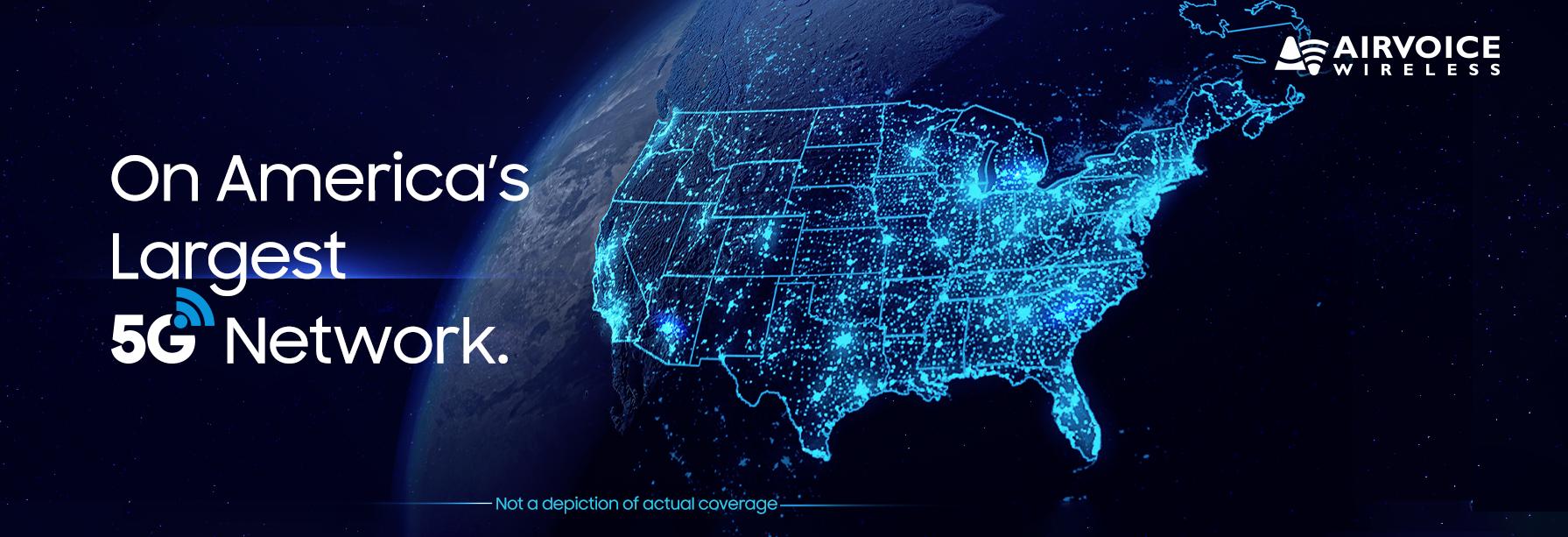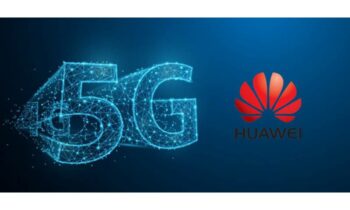
The fifth generation of cellular network technology is referred to as 5G. It is technology that makes wireless communication possible, such as when data is transmitted from your cell phone to a cell tower and then to the internet. There is a difference between 5G, a network service offered by telecoms companies, and the 5 GHz spectrum on your Wi-Fi router. 10 times greater bandwidth is available with 5G than with 4G, which it replaces. The increased bandwidth is made possible by the fact that 5G uses additional higher-frequency radio waves in addition to low and medium frequency radio waves for information encoding and transmission. The width of a highway can be compared to bandwidth. The number of lanes and simultaneous vehicle loads on a highway increase with its width. This makes 5G much faster and able to handle many more devices. Wireless technology is tech that allows people to communicate or data to be transferred from one point to another without using cables or wires. A lot of the communication is done with radio frequency and infrared waves.
Wireless technology is more important as more people adopt a more flexible lifestyle that includes working from home. Whether or not workers are in the same workplace, tech-savvy staff members can rapidly share information, keeping productivity levels high. An internet connection is all they require. However, there is a very lengthy list of advantages to Wi-Fi and improving employees’ capacity to work remotely is just one of them. Another consideration is price. According to AMS Technologies, wireless networks are often less expensive to construct and operate than other types of networks. Wireless networks enable speedier data transfer and accessibility from any location at any time. The issue of safety is another. Remote medical staff can easily communicate with other medical facilities through wireless technology. Additionally, wireless communication allows for speedier response to emergency situations. Digital technologies are now at the heart of our everyday lives, as anyone who has swapped their office for a videoconferencing screen, or downloaded a contact-tracing app, knows only too well. One of the modern-day industries that is serving American households is AirVoice Wireless based in Houston, Texas.
AirVoice Wireless is an independent prepaid wireless service provider. AirVoice Wireless has experienced one of the quickest growth rates among American mobile networks since its founding in 1999. To create a brand-new competitive network serving all 50 US states as well as Puerto Rico and the US Virgin Islands, AirVoice Wireless completely overhauled its infrastructure in 2005. Subscribers receive uninterruptible talk, text, and data services since 100% of AirVoice Wireless’ mobile bandwidth is devoted to offering premium prepaid mobile service. Instead of charging its prepaid customers more contract costs, AirVoice Wireless creates more flexible prepaid plans based on user behaviour. It provides mobile service in the form of several plans: unlimited, prepaid, $10 plan, etc. Also, the vendor sells many cellphone and smartphone gadgets through its online stores and dealers.
In late 2021, HTH Communications acquired AirVoice. Headquartered in Houston, Texas, HTH is one of the largest mobile phone distributors in the United States. With a large selection of high-quality new and refurbished phones, AirVoice cuts out the middlemen and delivers savings directly to customers. Today, with the strongest and largest 5G GSM network and dedicated team, AirVoice Wireless serves a massive subscriber base, adding thousands of new subscribers to the AirTalk and AirVoice brands every day.
AirVoice Wireless’ brand, AirTalk Wireless, offers both the Lifeline and ACP programs to qualifying households. The Federal Communications Commission established the Lifeline program in 1985 to provide eligible low-income customers in every state, territory, commonwealth, and tribal lands with access to telecommunications services. The program is managed by the Widespread Assistance Authoritative Organization (USAC), worked by Bureaucratic Correspondences Commission (FCC) and is subsidized by the U.S Government. The Lifeline program has offered a discount on phone services to millions of low-income customers who meet the requirements. This has made it possible for Americans to stay connected to work, family, friends, healthcare, job opportunities, and 911 emergency services. The Affordable Connectivity Program (ACP) is the Federal Communications Commission’s program, was launched on December 31, 2021, and replaces the Emergency Broadband Benefit (EBB) program to bring connectivity to low-income Americans. The program is administered by the Universal Service Administrative Company (USAC), operated by Federal Communications Commission (FCC) & is funded by the U.S Government.
Now in the modern era, AirVoice is one of the leading names in providing services to customers, as their key objective is customer satisfaction. To meet the requirements of its clients, the business has developed novel products and services. The technology solutions offered by AirTalk Wireless are made to make the most of the nation’s wireless network.



